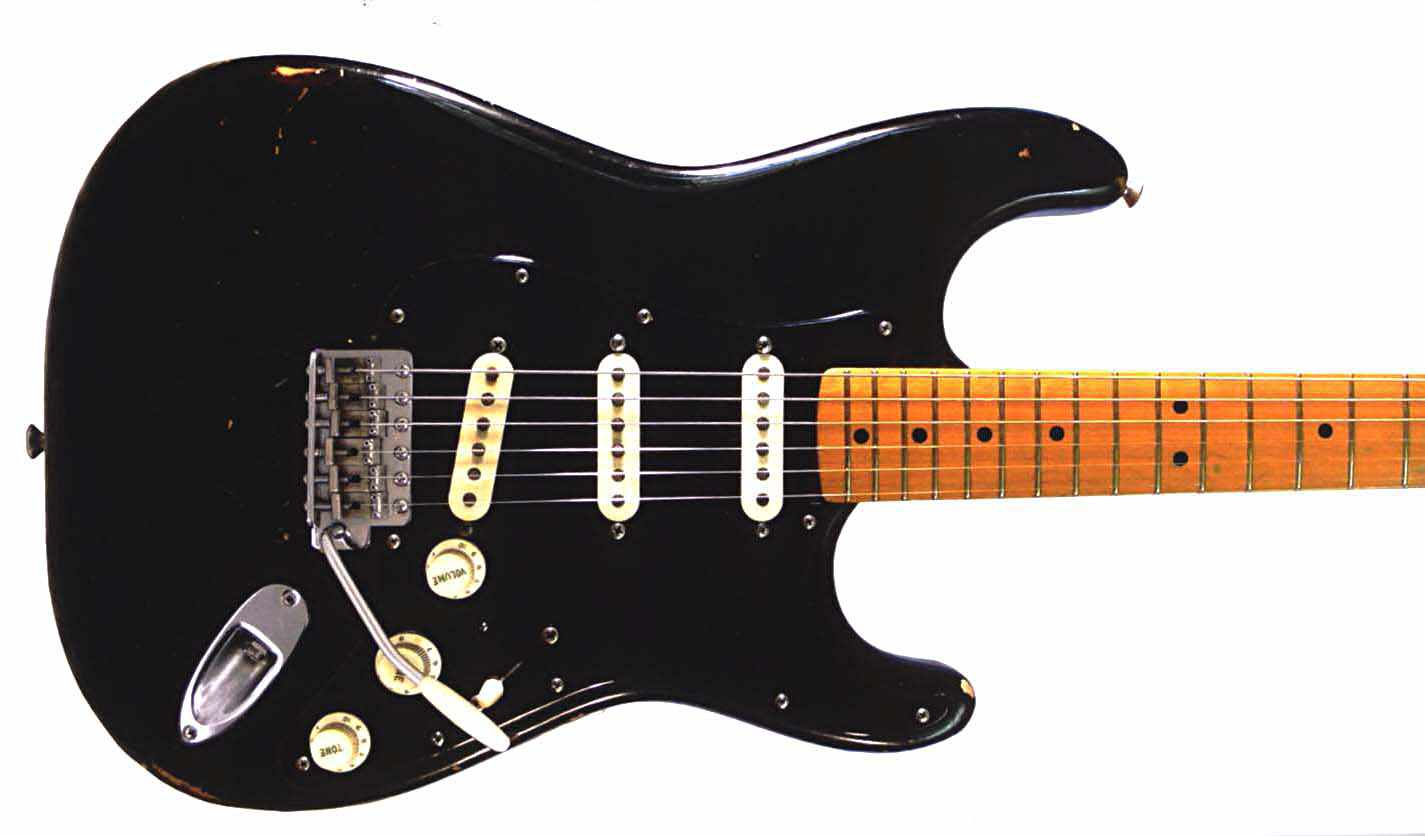My dear lemmings,
I discovered Clonezilla a while ago and it still is my main tool to backup and restore the partitions I care about on my computers.
I cannot help but wonder if there are now better, more efficient alternatives or is it still a solid choice? There’s nothing wrong with it, I’m just curious about others’ practices and habits — and if there was newer tools or solutions available.
Thank you for your feedback, and keep your drives safe!
Generally I just don’t take clones of disk partitions anymore. They tend to take up too much disk space to keep more than one or two backups and typically require the disk to be unmounted which means it’s a mostly manual process. That all but guarantees that any backup I take will be out of date when I need it most.
Instead I’ve found it better to take regular automated file level backups and automate the way I configure my environment so that I can quickly restore and rebuild if something goes wrong.
If I just want to be able to quickly revert a drive to a previous state or have easy point-in-time restore I manage the disk with ZFS. ZFS has a snapshotting feature which is great for this sort of thing and you can even restore snapshots to another zfs pool the same way you might restore a partition to another disk but without all the hassle of resizing things.
Also interested in this. Currently in need of an imaging solution that’s less clunky to use than Clonezilla.
Idk… but im sure you can use pretty much any live distro with partclone
yeah, partclone is the tool that clonezilla uses under the hood. i find that using partclone directly is easier.
I’ve used Clonezilla recently to clone my main 1tb drive aswell as a 4tb backup drive to an external HDD and both times worked fine.
It is painfully slow however but I’m not sure I could do anything about that outside of buying faster drives.
Clonezilla or dd. if you are on GNOME you can use gnome disks and it has a create diak image, restore disk image option, if you want an img file
I use clonezilla at work for imaging and deploying laptops. It works like a charm. Great piece of software. It’s not normal backup software though.
Second for Rescuezilla, it’s a Clonezilla front end with sane defaults you’d probably pick anyways.
Yes, works great! Used it to clone some windows users stuff, he thought having a dozen partitions makes sense, still no problem at all. Copied everything from HDD to bigger SSD, just worked.
You download the ISO, flash it to a usb stick (we used rufus, but dd, impression (udisks2 frontent in gtk&rust) or balena etcher should also work). The TUI is usable, has some options but the defaults seem good.
The big advantage of Clonezilla or using dd is you make a perfect 1:1 copy of the disk so you’re pretty confident it will restore perfectly, but you need a disk of at least the same size and so on. Also perfect if you’re trying to do file recovery and so on, because even corrupted or entirely unreachable data is still technically on the disk.
That’s very inefficient when you have say, 5GB used of a 1TB disk, although compression will help a bit. But that’s where more specialized tools comes in: what if we could only backup the actual data, and end up with a 5GB backup before compression.
That’s useful and nice, but can’t possibly deal with corrupted or deleted files since it’ll just skip over them. The backup is only as good as all the filesystem features the archiver can encode. On Linux, tar has us pretty well covered as long as you only need relatively standard features like owners, groups. If you zip your root Linux partition you’ll end up with broken ownership and permissions, because it doesn’t encode ACLs and xattrs and hardlinks and whatever else. On NTFS, since it’s proprietary, undocumented and a fairly complex filesystem, it’s much riskier. If you backup your game library, you’re probably fine, but if you want Windows to boot after a restore, you need a much more complete backup and if you don’t want to take risks, whole partition backups are much safer. ntfsclone exists but I just don’t trust it like I would trust tar to backup my ext4 partitions correctly.
So it’s all a tradeoff. Do you want efficiency, or do you want reliability? How much of the information can you lose? Like, if you backup your C: drive on Windows but only care about your files and documents but not the Windows install itself, then it makes sense to just archive the files rather than a block copy.
So, what do you expect from your backups? The answer to that question also answers this thread.
That’s correct for dd but not for clonezilla.
Clonezilla uses partclone, which reads the file system and copies only the data, for any filesystem sorted by partclone.for a large drive with only partial data you can make dd quicker by reducing partition size. Then fdisk to list byte size of (cylinders x bytes) in header output, and units listed for end of partition. you then use dd with bs=(cyl x bytes) count=(units+1) so dd stops at the last block of partition. once copied you can resize partition. it is how I fit a duplicate of my nas OS img on a 4 gig USB stick img for redeploy. DD is faster and then resize partitions after
That… seems pretty unsafe. If I’m taking a backup, I definitely would avoid resizing it or making any modifications to it during the backup process. What if the resize fails and is the reason you need to restore from backup in the first place?
I guess it’s a handy hack in use cases like yours, or if the backup is a convenience, but it’s important to understand the risks and whether you’re better off with filesystem level tools.
You’d probably be better off with dd if=/dev/zero of=file.zero to zero out empty space, dd copy the whole drive, then compress the copy. I wouldn’t fuck around with partitions on something I want to back up
For sure, but in my case I didn’t want a copressed copy, I wanted a working fully functional drive image
Probably safer to image the whole partition then shrink the image, then. Not sure exactly how I’d go about it, but I’m sure it’s not too bad, probably three arcane shell commands
I still use Clonezilla to back up devices before performing reinstalls/major updates (when Timeshift isn’t practical). No issues so far backing up and restoring both Windows and Linux partitions/drives.
The main thing about Clonezilla is that you can always rely on it working, no matter the system. The bad thing is that proprietary solutions have a lot more creature comforts.
I use kopia, it’s more automated and deduplicates snapshot.
Not the same, as it doesn’t make an image of the system.
Others have mentioned rsync and I’d like to suggest on top of
rdiff-backupbut it’s indeed for files, not partitions or disks. That being said IMHO if you are not managing data-centers and thus swapping entire physical disks by the bucket, you probably don’t want to actually care for disks themselves.If you genuinely have to frequently change not just data but entire systems, maybe looking at nix or cloud-init could help.
Used it for cloning some laptops recently without much issue. Cloned one laptop’s primary partition onto an SD card and then imaged the others no problem. Laptops were 256GBs capacity (but only like 30-60 GBs used) and the SD card was 64 GBs. Seemed pretty simple to me.
There’s a lot of options for those who want to do things like deploy over a network, but I haven’t messed with them seriously (I didn’t have the ethernet cables to do it - wasted a bit of time trying before realizing they weren’t connect to a network; maybe there’s a way to connect via wifi, but I didn’t see it)
Rescuezilla is much better









